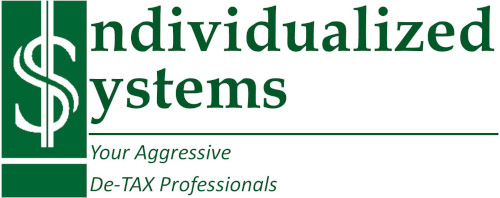Market Analysis
Defining your market and analyzing its potential can make all the difference in the world to success or failure in the first year.
Product
You must first define your product. Is it a commodity or service? What are its features? What makes it different from others of its type on the market? Can you sell your product at a competitive price?
Price is no longer the only interest of new customers. They want comparable product or service for a reduced price, so look your product over carefully and make sure it will stand up to close scrutiny before you reduce your prices too far. Remember, most of your customers grew up with “You get what you pay for” so don’t cut off your nose despite your face and price yourself too low. Concentrate on the positive features of your product – its originality, your improved location, variety of services, etc. – to get your customers, not its price.
Target Market
Once you have defined your product, define your target market. To whom are you trying to sell your product? Why will they be interested in your product and not Mr. Jones’s down the street? What is it they are looking for? What is your focus? How many of these customers are there and how can you get your share?
Defining your market and your share of that market is critical. Until you know who you are selling to, you cannot make any definitive plans to attract their attention. Once you know who they are, define how you are going to make them look at you and not the other guy.
Competition
Who is your competition? What are their advantages over you? What can you do to even up the odds?
What types of factors can give you advantages over them such as: free delivery, better locations, more customer service, local offices, etc.? All of these are ways to one-up the generally larger and more well-established competition.

